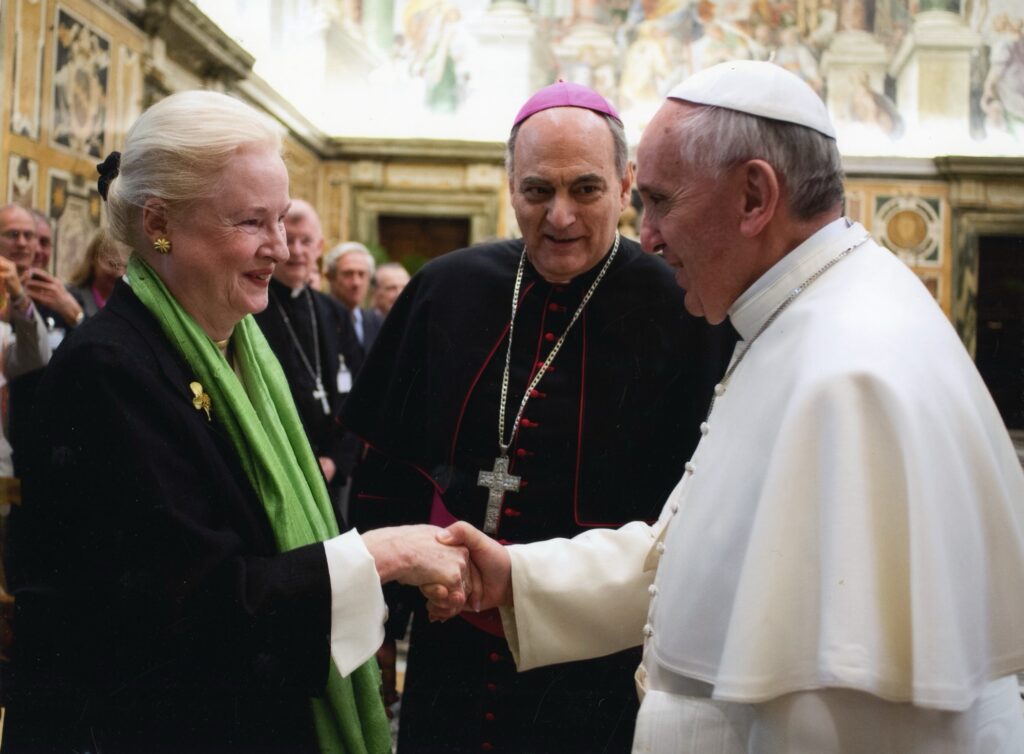I get into the darndest conversations with the most interesting people.
The story about Cardinal George Pell suddenly having a heart attack in the recovery room while chatting with the anesthesiologist is a lie.
++Pell was alone in a room after surgery when “the electricity went out.” When the “electricity came back on” and the staff checked on him, he was dead.
Yeah. The early 20th century called. They want their hospitals with no emergency power back-up back. Gimme a break. The only way to cut power in a hospital barring a massive natural disaster or act of war, is intentionally.
The reason given to insiders for the fake story about ++Pell suddenly going into cardiac arrest in the presence of a doctor was, “In Italy, it is considered a terrible scandal for anyone to die alone.”
In ARSH 2020 and 2021, Italians were dying alone, completely cut-off from their families, by the thousands. The Fauci cult of psychological torture was every bit as bad in Italy as in North America- perhaps even worse. The “dying alone” fear was consciously used as a terroristic weapon. If the use of this cover story weren’t so sadistically hypocritical, it would be laughable. “Look, we have to lie so Italians won’t think that the poor, poor Cardinal died alone. Forget your grandma, who died alone and weeping 48 months ago.”
YOUBETCHA.
And now we know that ++Pell had a broken nose. I’m with Liz Yore. They cut the power, assassins went in and leaned HARD on the pillow, because ++Pell was a physically huge man – even weakened he would have put up non-trivial resistance whilst being suffocated- and then the lights were turned back on and the staff were allowed back in to discover the corpse.
What, pray tell would cause a broken nose on a healthy post operative patient? A pillow forced over his face?#pellinvestigation https://t.co/oicDIJ1g5t
— Elizabeth Yore (@ElizabethYore) July 5, 2024
The terrifying question is, how many of the staff were bribed/complicit? There had to have been in-house assistance inside the hospital.
Jeffrey Epstein was unavailable for comment. And so were his prison guards. I also tried to get comment from Vince Foster. No luck. No one at Boeing would say anything either. Justice Scalia likewise.
I mean, it’s not as if ++Pell knew anything. Only all of the details of the multi-multi-billion dollar Vatican money laundering machine, including Antipope Bergoglio’s demand for an off-balance sheet seven-figure cash slush fund for the Antipope’s personal use, which ++Pell categorically refused to do. And it’s not as if Antipope Bergoglio then subsequently tried to kill ++Pell via the Australian judicial and penal system, and was foiled. Nooooooo. No precedent here. Noooooo….
Like I said, any journalists out there who want to pursue this and aren’t terrified of literally being murdered by Antipope Bergoglio and his coven of faggot satanist toadies and their paymasters in the Chinese Communist Party (the CCP funds the Vatican to the tune of $2 BILLION PER YEAR) and the American/NWO (Novus Ordo Orbis) Deep State, should probably get with it.
The first call? Mary Ann Glendon. Ask her why immediately upon her quitting the Vatican Bank Auditing Committee, her gutter slag, chalice snatching daughter and her predator priest baby daddy got no-work “fellowships” at the Notre Dame Ethics think tank that paid $100,000. No, I’m not kidding. ETHICS. And a hundred large. For conscienceless psychopaths doing absolutely nothing. Talk about white collar money laundering. Ma Glendon walks away, keeps her mouth shut, and payment goes to her demon spawn, laundered through Notre Dame, which should be shut down. Notre Dame is nothing but an NFL farm team and money laundering front. Isn’t criminal oligarchy and racketeering FUN?
Mary Ann Glendon, do you fear for your life and/or the lives of your family in Rome from the dear, sweet, kind “Holy Father Fwanciss?”
Don’t bother answering. The question is rhetorical.





